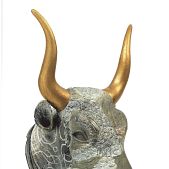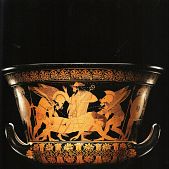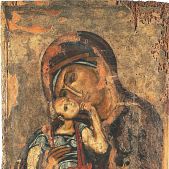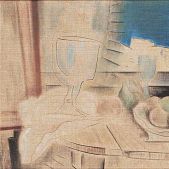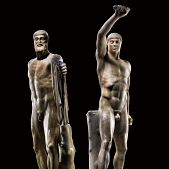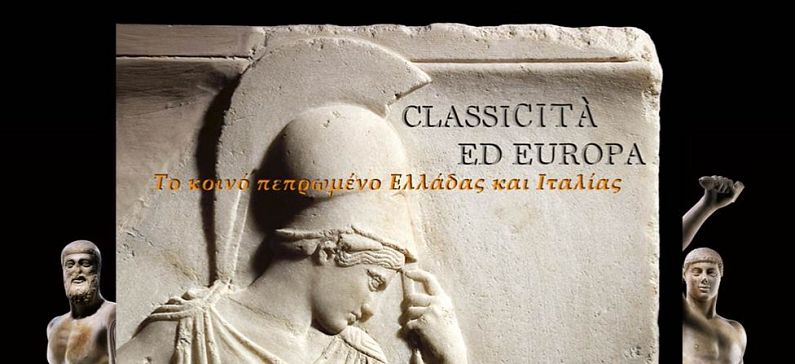
Exhibition for the common destiny of Greece and Italy
The exhibition «Classicism and Europe: The European destiny of Greece and Italy” aspires to illustrate the significance of the Greek and the Roman world in shaping European civilization and Europe’s contemporary cultural identity. This exhibition of major cultural and political importance, a proof of the common cultural heritage at the foundations of a United Europe, will be presented at the National Archaeological Museum in Athens from August 28 until October 31. The exhibition has already been presented in at Rome’s Presidential Quirinale Palace.
The exhibition, which includes a number of emblematic works from major museums in Greece and Italy – 16 masterpieces of Greco-Roman antiquity and Byzantine art, and 7 contemporary works – is organised by the Presidency of the Italian Republic in collaboration with the Greek Ministry of Foreign Affairs, the Office of the Hellenic Presidency, and the Ministry of Culture & Sports, within the framework of the Greek Presidency of the European Union in the first half of 2014 and its successor, the Italian Presidency.
The Greek exhibits include some iconic works from the country’s most important museums: the relief of «Thinking Athena” from the Acropolis (460 BC – Acropolis Museum) a Linear B clay tablet from Pylos (late 13th century – National Archaeological Museum), two Cycladic figurines from Naxos (3000 BC – National Archaeological Museum), a rhyton shaped bullhead from the palace of Zakros (Minoan period- Archaeological Museum of Heraklion). The collection further includes Greek paintings, such as the 12th century “Our Lady of Mercy” from the Byzantine and Christian Museum, as well as El Greco’s “St. Peter” from the National Gallery.
The Italian exhibits include the Sculptural Group of the Tyrannicides – Harmodius and Aristogeiton (2nd Century AD – Naples, National Archaeological Museum), Ludovisi Acrolith (480 – 470 BC – Rome, National Roman Museum, Altemps Palace) and Caravaggio painting John the Baptist” (1605-1606 – Rome, National Gallery of Ancient Art of Corsini Palace).

